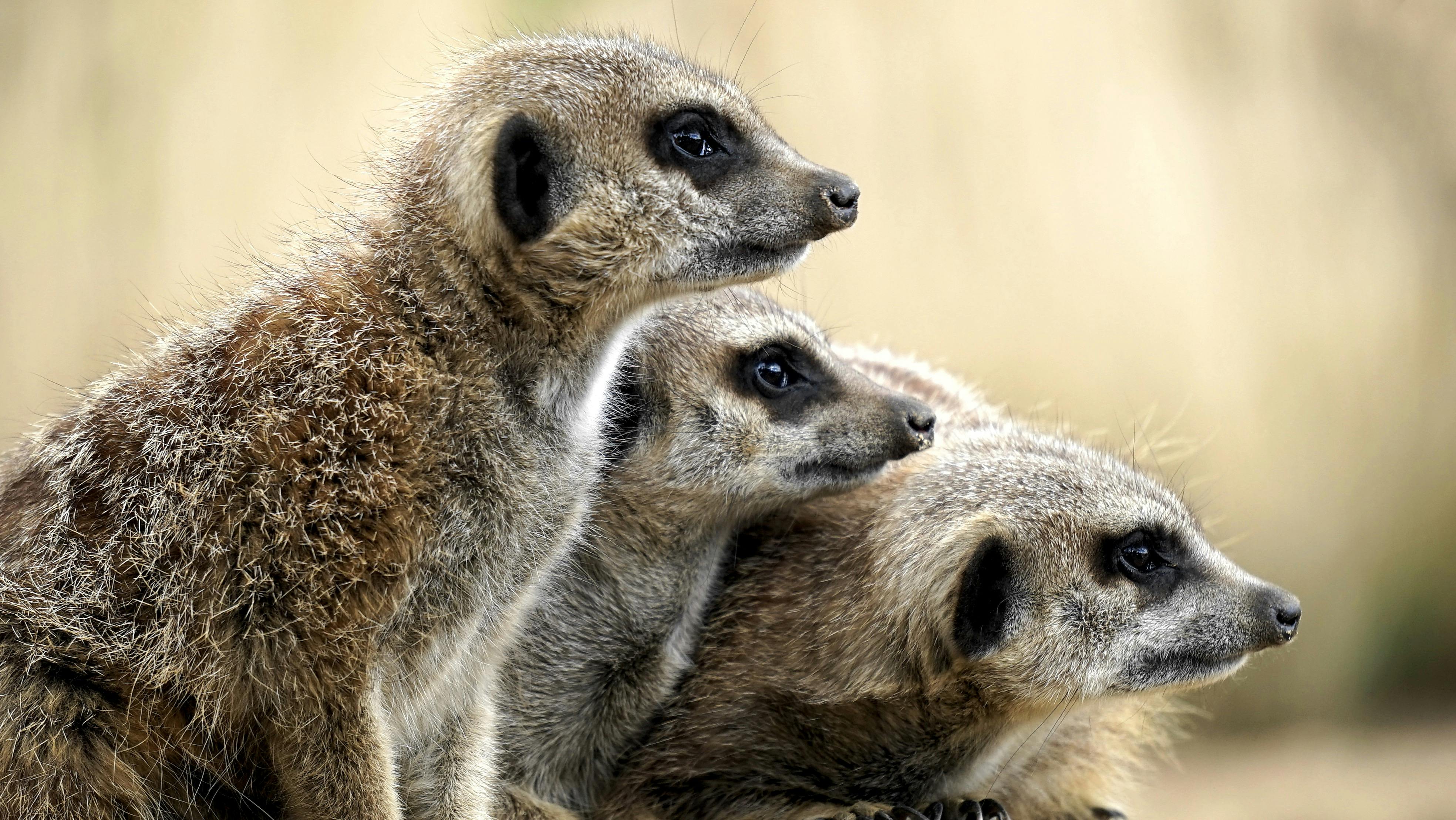Understanding the Intricate Social Structure of Meerkat Colonies
Introduction: Meerkats, small carnivores hailing from the mongoose family, are famed for their complex social structure and cooperative behavior. This article delves into the fascinating world of meerkat colonies, known as mobs or gangs, shedding light on their unique hierarchical system, roles, and social interactions.

The Social Dynamics of Meerkat Colonies
Meerkats are highly social animals that live in large groups, usually consisting of 20-30 members, though some mobs can reach up to 50 individuals. The colony operates on a strict hierarchical system, with an alpha pair at the top. The alpha female, usually the heaviest in the group, is the dominant member and the only one that breeds, ensuring her genetic lineage continues.
The Meerkat Family Life
Within a meerkat colony, family ties reign supreme. Meerkats demonstrate exceptional cooperative behavior, especially when it comes to rearing pups. While the alpha female gives birth, other females, known as babysitters, help take care of the young ones, a behavior known as alloparenting. This communal care extends to finding food and teaching the pups survival skills.
The Role of the Sentry
Another key role in the meerkat society is that of the sentry. The sentry’s duty is to keep watch for predators while the rest of the group forages for food. If a threat is detected, the sentry sounds the alarm, prompting the group to scramble to safety. This self-sacrificial role, often rotated among group members, exemplifies the cooperative nature of meerkats.
The Survival Strategies of a Meerkat Mob
Meerkat colonies exhibit some unique survival strategies. For instance, they use a system of burrows for shelter, which also serves as a protective measure against predators. Additionally, their diet consists of a variety of insects, small rodents, and plants, allowing them to adapt to different environments and food sources.
The Impact of Meerkats on the Ecosystem
Meerkats play a crucial role in their ecosystem. Their burrowing habit aids in soil aeration and their foraging behavior helps control insect populations. Furthermore, they serve as prey for larger predators, contributing to the food chain. However, changes in their habitat due to human activities are posing challenges to their survival.
Conclusion
Meerkats, with their intricate social structure and survival strategies, are a testament to the wonders of animal behavior. As we continue to study these fascinating creatures, we gain valuable insights into the complexity of social animals and the delicate balance of ecosystems. It is our responsibility to ensure the conservation of these small carnivores and the habitats they call home. Understanding the world of meerkats is a step towards appreciating the beauty and diversity of life on Earth.





